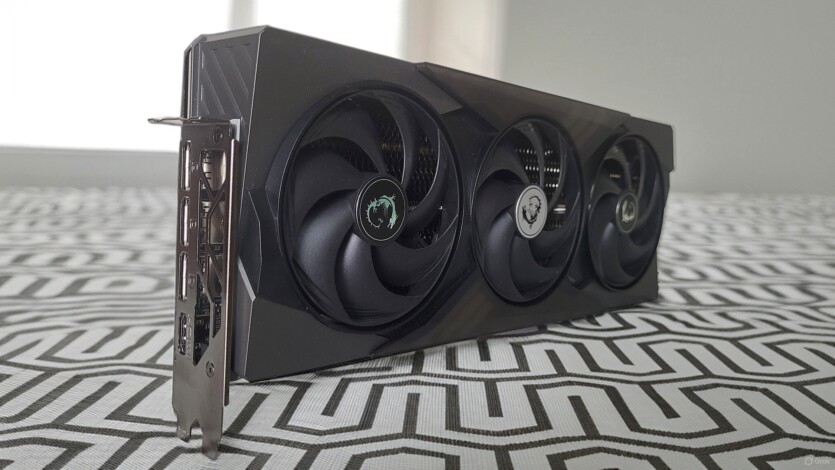
In 2025, the graphics card market is going through another stage of evolution, and NVIDIA is keeping up with the trends by introducing a mid-range model in the Blackwell lineup. Today, the MSI GeForce RTX 5070 12G GAMING TRIO OC has arrived for editorial review, which has been awaited by gamers looking for good performance in QuadHD resolution and beyond. We will also compare it with a direct competitor — AMD Radeon RX 9070.
Content
- 1 Specifications MSI GeForce RTX 5070 12G GAMING TRIO OC
- 2 Test bench
- 3 Package, appearance and cooling of MSI GeForce RTX 5070 12G GAMING TRIO OC
- 4 Performance and architecture
- 5 Gaming performance MSI GeForce RTX 5070 12G GAMING TRIO OC
- 6 Power consumption, noise and heat MSI GeForce RTX 5070 12G GAMING TRIO OC
- 7 Experience of use
- 8 Prices and competitors
Specifications MSI GeForce RTX 5070 12G GAMING TRIO OC
| Interface | PCI-E Gen 5 x16 |
| Technical process | 4 nm |
| Graphics processor | Navi 48 |
| Memory bandwidth | 672 GB/s |
| VRAM capacity | 12GB GDDR7 |
| Memory bus | 192-bit |
| Streaming processors | 6144 |
| Exits | 3 x DisplayPort v2.1a |
| 1 x HDMI v2.1b | |
| Power connector | 16-pin (12VHPWR) |
| Energy consumption | 250 W |
| Recommended power supply | 650 W |
| Additionally | TRI FROZR 4 Thermal Design |
| Dimensions | 338 x 140 x 50 mm |
| Weight | 1187 grams |
| Takes up space | 3 slots |
Test bench
The GIGABYTE Radeon RX 9070 GAMING OC video card was tested on a test bench from MSI, which includes the following components:
- Motherboard MSI MEG Z890 ACE;
- Processor Intel Core Ultra 9 285K;
- Cooling MSI MAG CORELIQUID I360;
- Drive Samsung SSD 980 1TB;
- RAM G.Skill Trident Z5 CK 2x24Gb Royal;
- Power supply MSI MPG A1000G PCIE5 1000W;
- Body MSI MPG GUNGNIR 300R AIRFLOW.
Package, appearance and cooling of MSI GeForce RTX 5070 12G GAMING TRIO OC

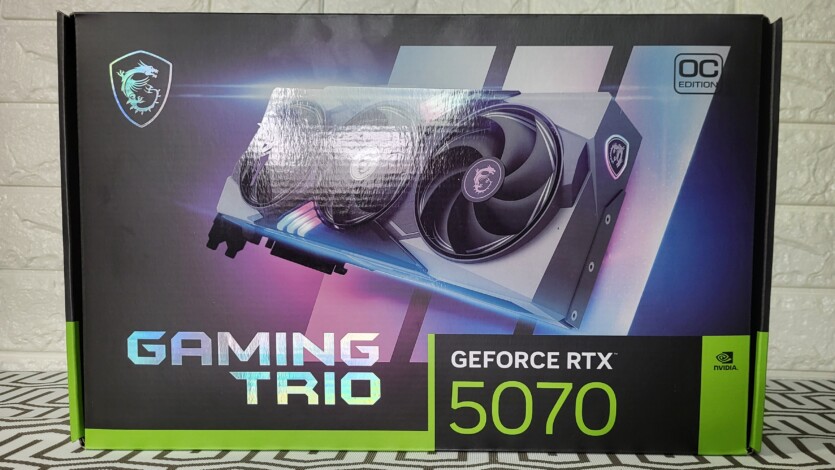
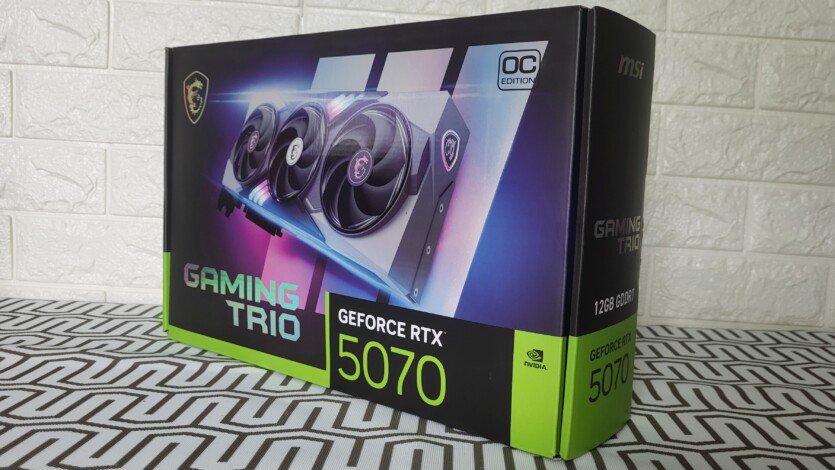


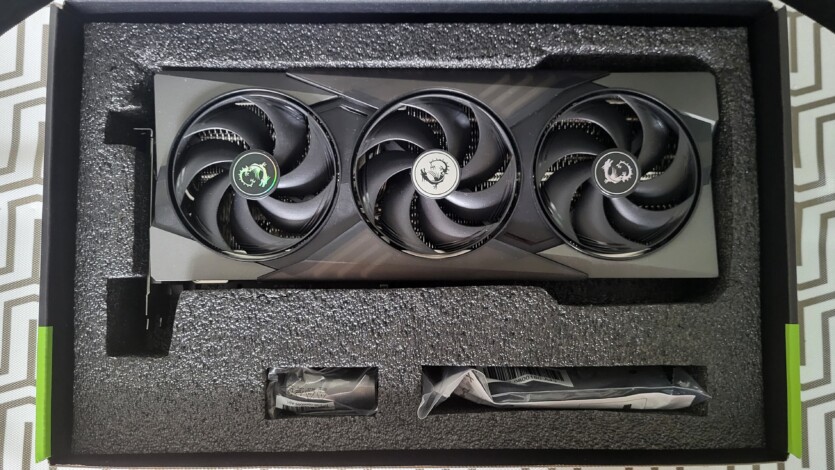


MSI GeForce RTX 5070 12G GAMING TRIO OC comes with a standard package: a video card, a user manual, a power adapter, and a leg for fixing. The exterior is designed in the corporate style of the Gaming Trio series: black and gray colors prevail with a translucent plastic cover around the fans that is illuminated with RGB. The side panel has an illuminated MSI logo, and the back has a metal plate with a ventilation cutout and a shiny dragon logo.

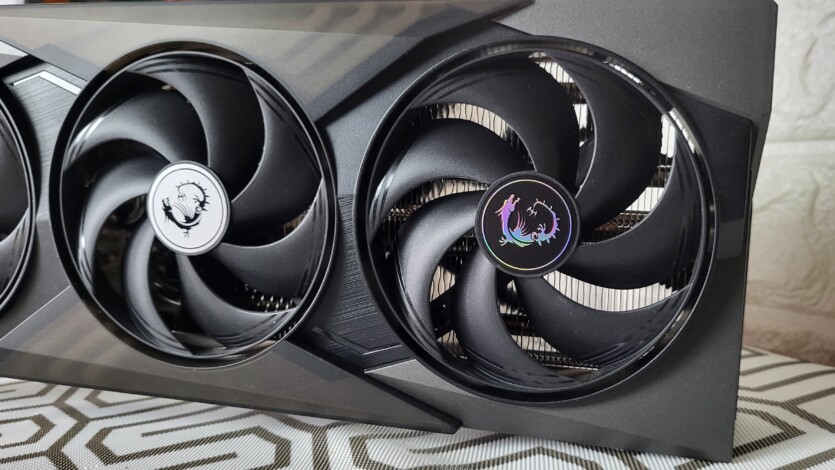

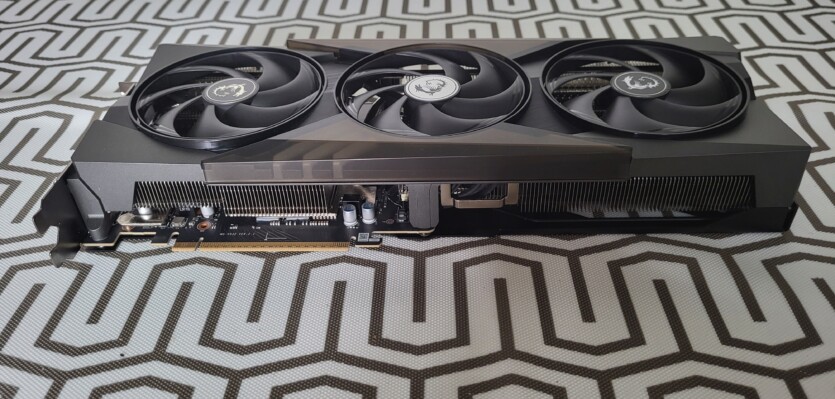


The card measures 340 x 140 x 50 mm, making it a three-slot solution. RTX 5070 weighs 1162 grams. The cooling system is based on three StormForce fans with an optimized blade design that creates sufficient airflow with low noise. Inside, a nickel-plated copper plate is used without an evaporation chamber (unlike older Vanguard models). There are also four heat pipes and an aluminum heat sink with a new fin design for maximum heat dissipation.
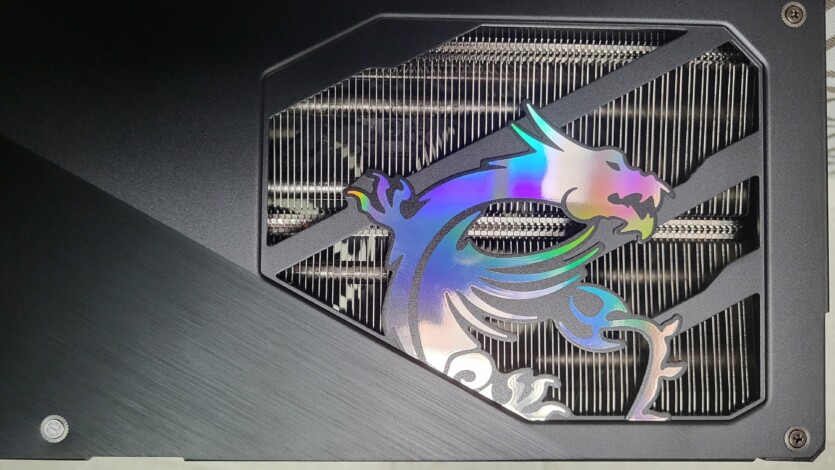

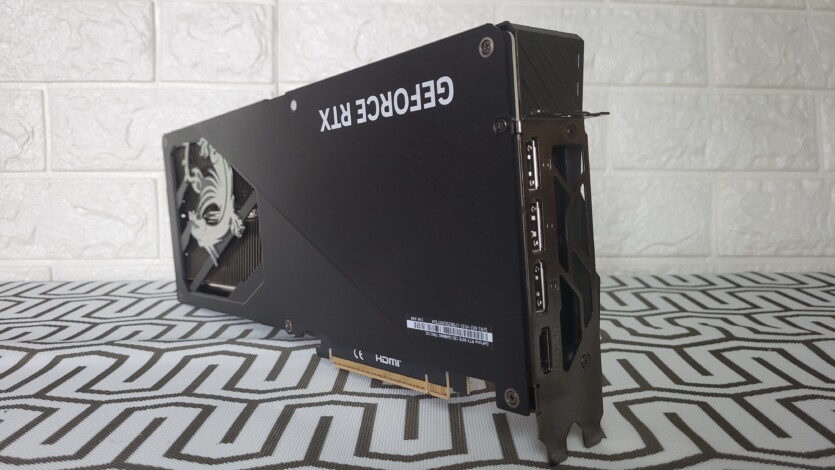
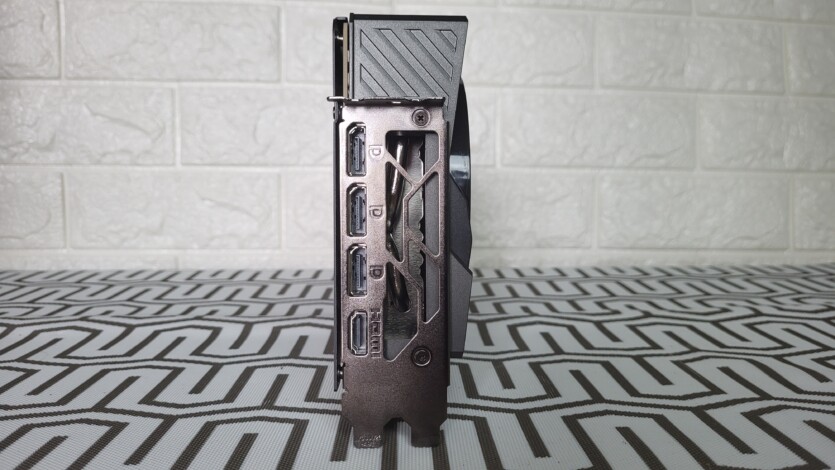


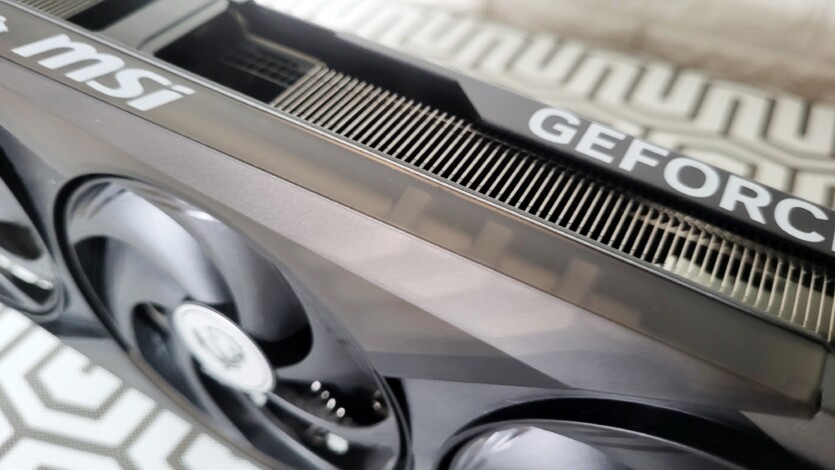
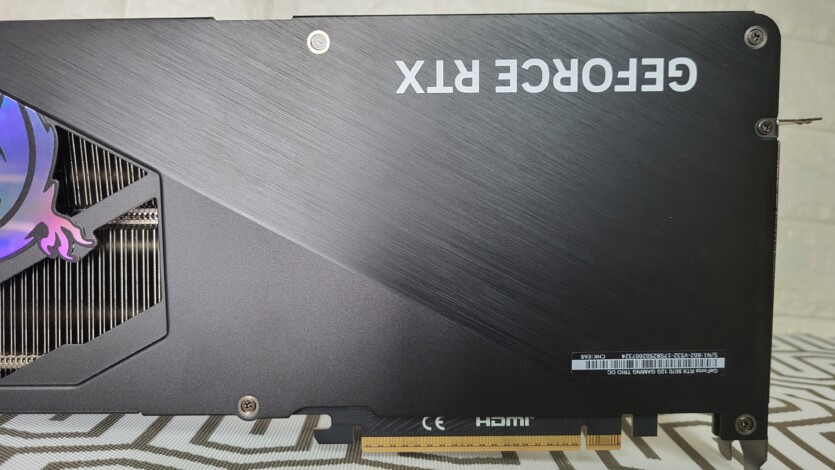
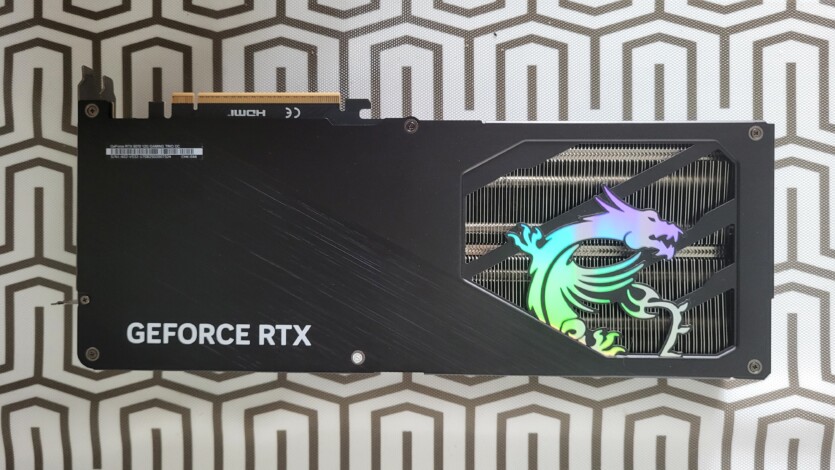
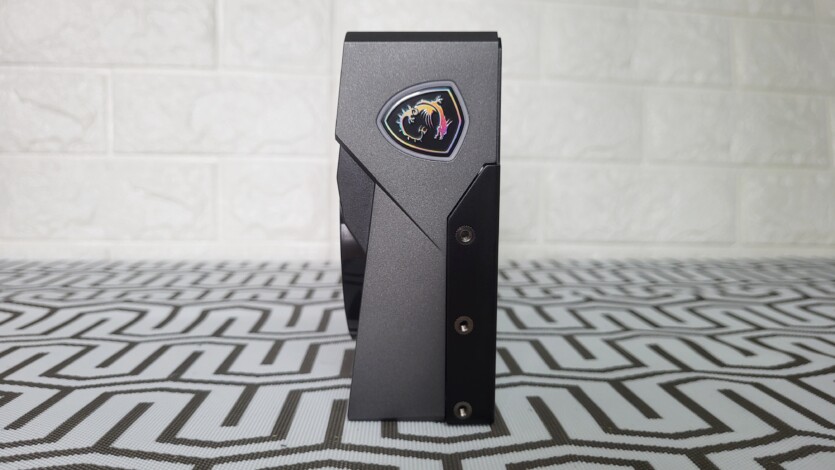
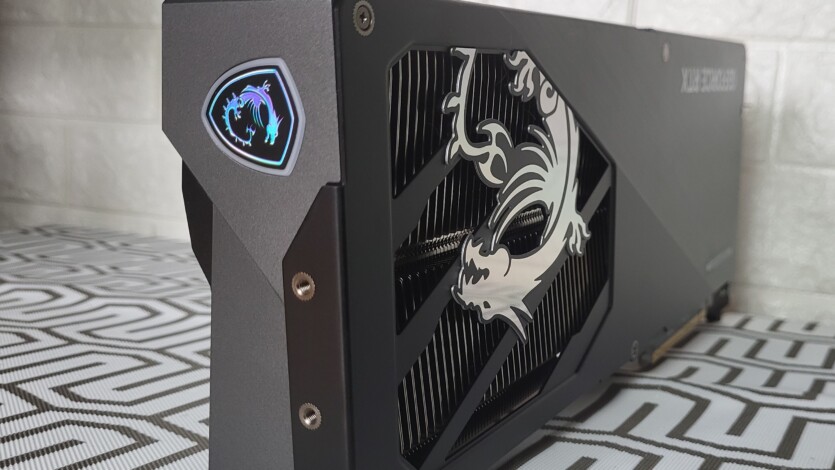
The video card does not have a Dual BIOS switch. MSI does not offer this option this time, but the standard fan settings already provide a balance between temperature and noise. The connection ports include three DisplayPort 2.1b and one HDMI 2.1a, which is typical for all 5000 series graphics cards.
Performance and architecture
| Comparative characteristics | ||||
| Manufacturer | NVIDIA RTX 5070 Ti | Radeon RX 9070 XT | Radeon RX 9070 | NVIDIA RTX 5070 |
| Architecture | Blackwell | RDNA 4 | RDNA 4 | Blackwell |
| Code name | GB203 | Navi 48 | Navi 48 | GB205 |
| GPU frequency | 2588 MHz | 2920 MHz | 2700 | 2325 |
| Shader blocks | 8960 | 4096 | 3584 | 6144 |
| Texture Modification Units (TMUs) | 280 | 256 | 224 | 192 |
| Output units (ROPs) | 96 | 128 | 128 | 80 |
| Computing units | 70 | 64 | 56 | 48 |
| Tensor kernels/ AI kernels | 280 | 128 | 128 | 192 |
| Ray tracing kernels | 70 | 64 | 56 | 48 |
| Pixel Fill Rate | 248.4 GPix/s | 385.3 GPix/s | 345.6 GPix/s | 208.8 GPix/s |
| Texture Fill Rate | 724.6 GTex/s | 770.6 GTex/s | 604.8 GTex/s | 501.1 GTex/s |
| Interface | PCIe 5.0 x16 | PCIe 5.0 x16 | PCIe 5.0 x16 | PCIe 5.0 x16 |
| TGP | 300 W | 304 W | 220 W | 250 W |
| Production | TSMC | TSMC | TSMC | TSMC |
| Crystal size | 263 mm² | 357 mm² | 357 mm² | 263 mm² |
| Memory type | GDDR7 | GDDR6 | GDDR6 | GDDR7 |
| Memory capacity | 16 GB | 16 GB | 16 GB | 12 GB |
| Tire | 256 bits | 256 bits | 256 bits | 256 bits |
| Number of transistors | 45 600 М | 53 900 М | 53 900 М | 31 100 М |
Blackwell’s architecture introduces a number of innovations: all 128 CUDA cores in each Streaming Multiprocessor (SM) are capable of performing both FP32 and INT32 operations simultaneously, unlike Ada, where only half of the cores supported INT32. The 5th generation tensor cores support the FP4 format, which significantly improves performance in AI tasks, and the 4th generation RT cores add support for Mega Geometry to process objects with a high number of triangles.
Compared to RDNA 4, which in the RX 9070 returned to a monolithic design and improved latency, Blackwell looks more innovative with Neural Rendering and DLSS 4. The RTX 5070 is equipped with 48 SMs (out of 50 available on the GB205), which gives 6144 CUDA cores, 192 tensor cores, and 48 RT cores. Its direct competitor — Radeon RX 9070 has 3584 stream processors, 56 Ray Accelerators, and 112 AI accelerators, which makes it competitive in ray tracing, but inferior in AI tasks due to a less developed ecosystem.Compared to the Radeon RX 9070, which has 16 GB of GDDR6 with a 256-bit bus and 640 GB/s bandwidth, NVIDIA uses faster GDDR7 memory, which provides higher bandwidth despite its smaller size and narrower bus. This allows the RTX 5070 to handle textures and buffers more efficiently.



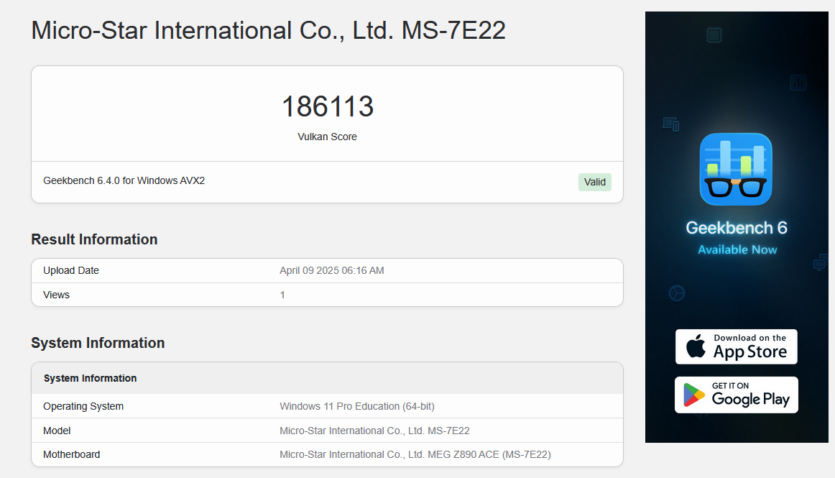
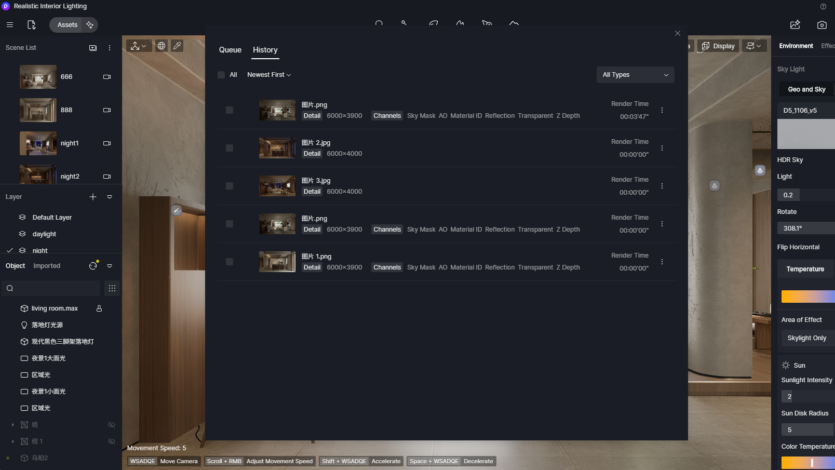
In synthetic benchmarks such as Geekbench 6, the RTX 5070 performs better in OpenCL and Vulkan thanks to its tensor cores and FP4/INT4 support.
In the Blender test, the video card scores 6085 points, which is many times better than the RX 9070 and RX 9070 XT, which have never been strong in terms of performance Generating ten images in Amuse took 111 seconds, and rendering a scene at 6000 x 3900 pixels took 227 seconds, which is 18% slower than the older RTX 5070 ti.
Gaming performance MSI GeForce RTX 5070 12G GAMING TRIO OC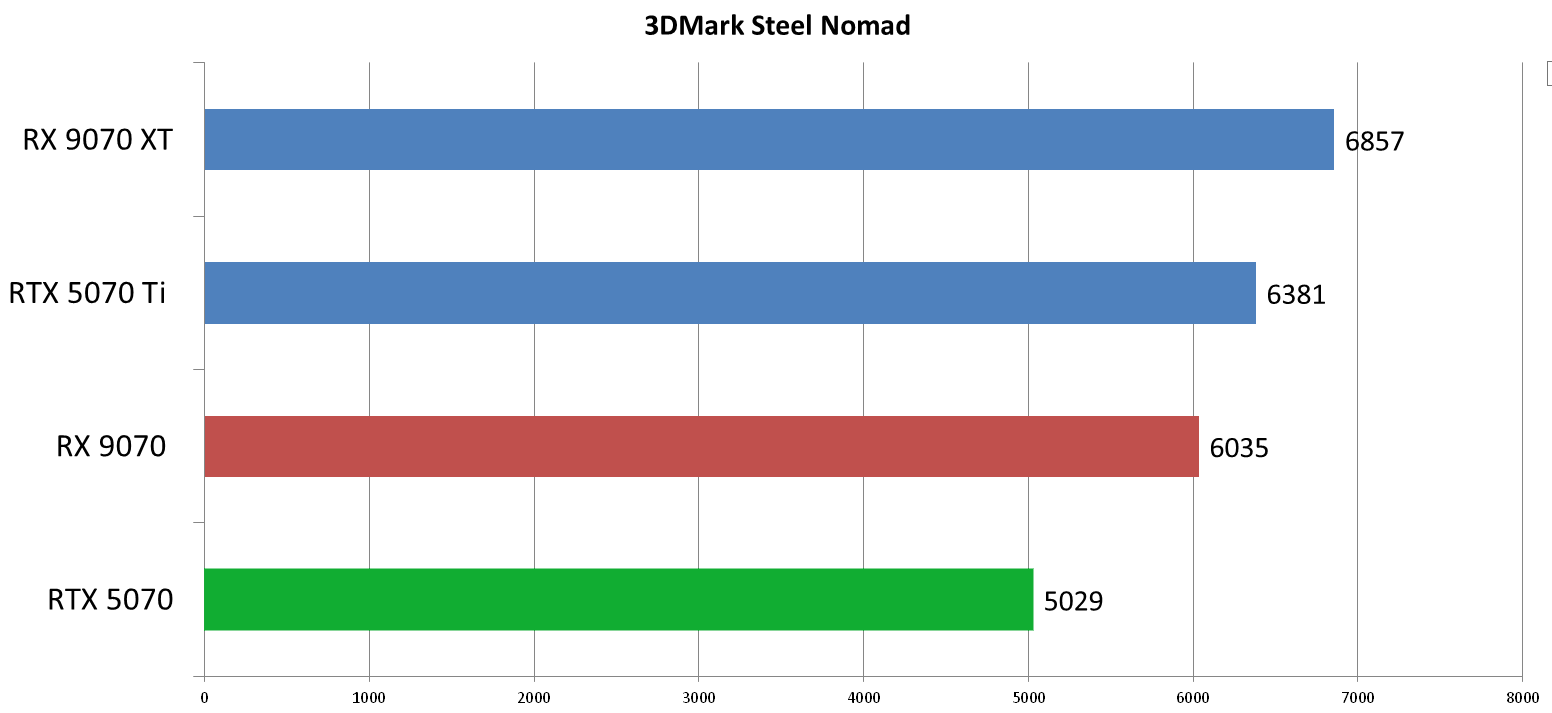
The MSI GeForce RTX 5070 12G GAMING TRIO OC is focused on QuadHD gaming with support for ray tracing and DLSS 4. In tests without RT and scaling at 1440p, the card shows a 23% performance boost compared to the RTX 4070, and at 4K — 28%. This is slightly lower than the RX 9070, which outperforms the RTX 5070 by 20% in 3DMark Steel Nomad (6035 vs. 5029 points), but in Speed Way with RT the difference is minimal (5821 vs. 5842) However, a lot depends on a particular game, mode, and support for proprietary technologies. Therefore, it is worth checking whether future owners can count on something MSI GeForce RTX 5070 12G GAMING TRIO OC on the territory of 4K gaming.
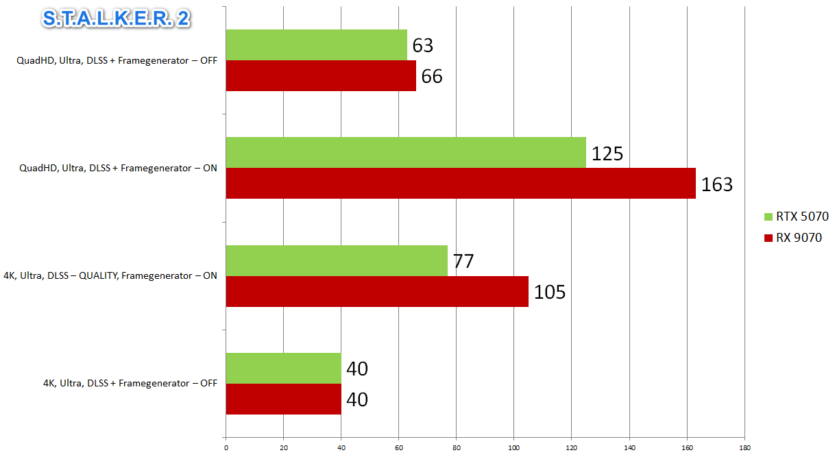
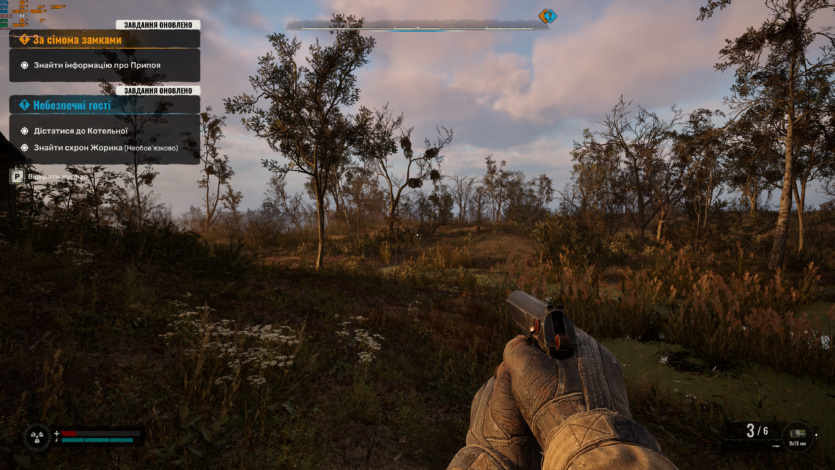
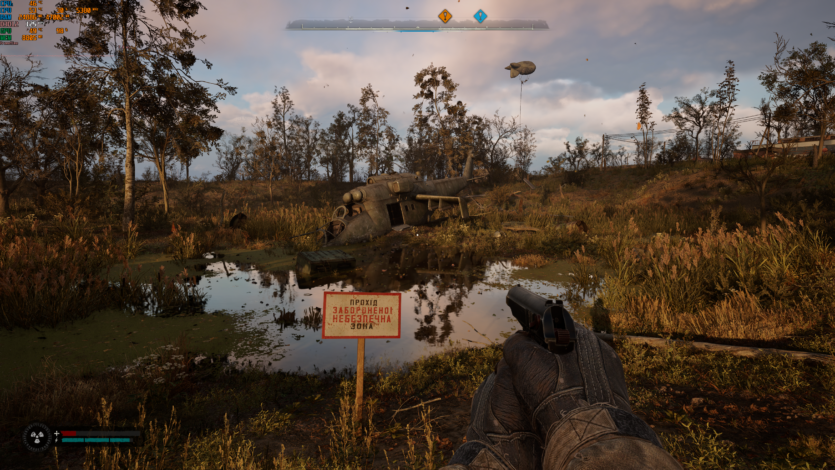
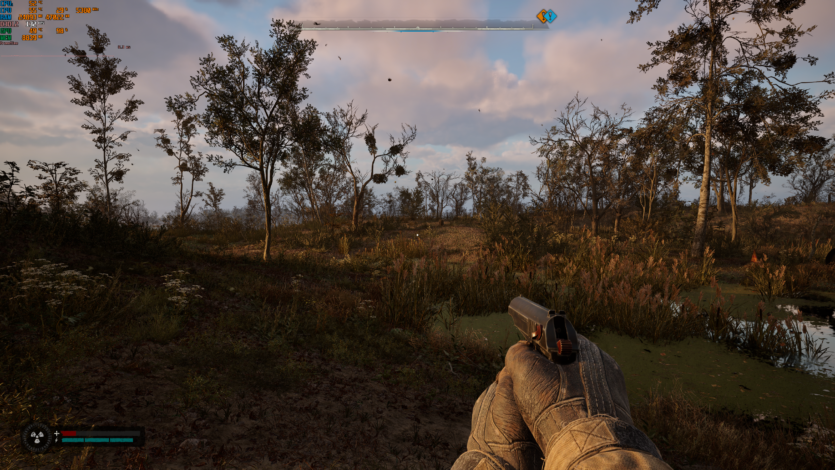
S.T.A.L.K.E.R. 2 4K on Ultra preset with DLSS and FG disabled. The output is 40 frames per second, just like its direct competitor — RX 9070. There is some input lag, so it is uncomfortable to play. Let’s not forget that this is a mid-range card and it is not directly designed for 4K.
Without further ado, we turn on the frame generator and DLSS. In this case, the zone appears in front of us at 77 FPS, which is significantly less than the RX 9070 showed. If we recall the previous review, then the card from AMD in this mode demonstrated 105 frames per second. It is worth noting that those were only «numbers on the screen» and playing with the AMD generator was worse than without it.
MSI GeForce RTX 5070 12G GAMING TRIO OC consumes 211 watts in this mode. The GPU is fully loaded, and the game consumes 10.3 GB of video memory. The fan speed reaches only 1100 rpm, and the card is as quiet as a light spring breeze
Despite the supposedly good FPS, there was still some jellyiness. Yes, it was not significant, but it was not very comfortable to play, so I changed the settings from epic to high in the hope of finally experiencing a pleasant gameplay.
The number of frames did not rise significantly, only by three FPS, but subjectively the controls received a faster response. Nevertheless, it’s good to know that a mid-range graphics card can run 4K with DLSS technology, albeit with compromises. This means that the resolution of 3840 x 2160 pixels has become more accessible to a wider range of PC gamers.
In general, you can disable DLSS and the frame generator in QuadHD. In this case, we get a clean and honest 60 frames per second, as if on a jewelry scale.
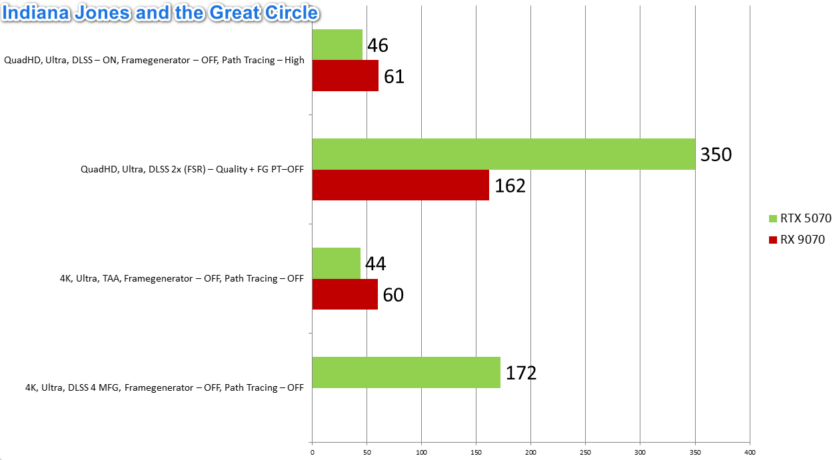
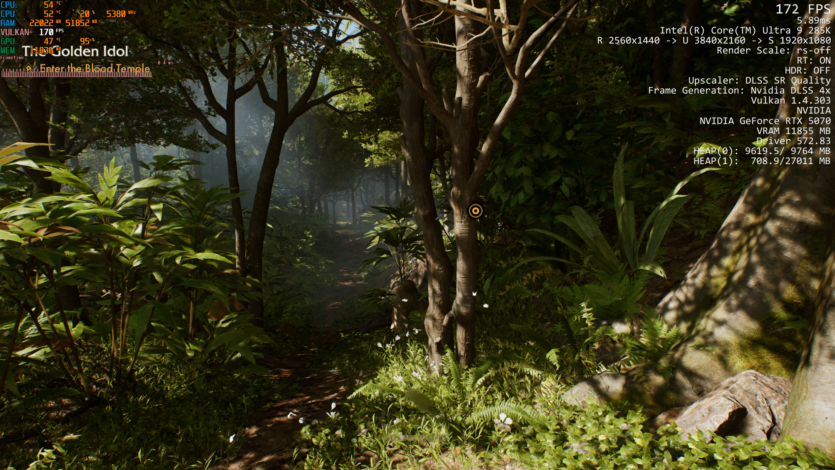
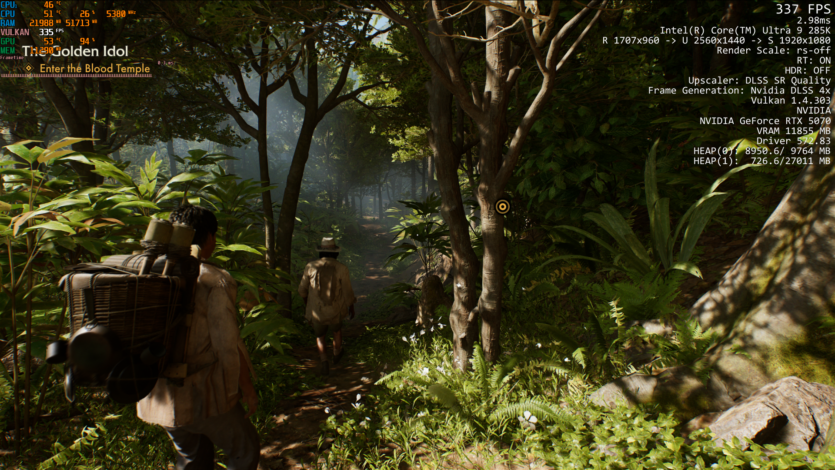
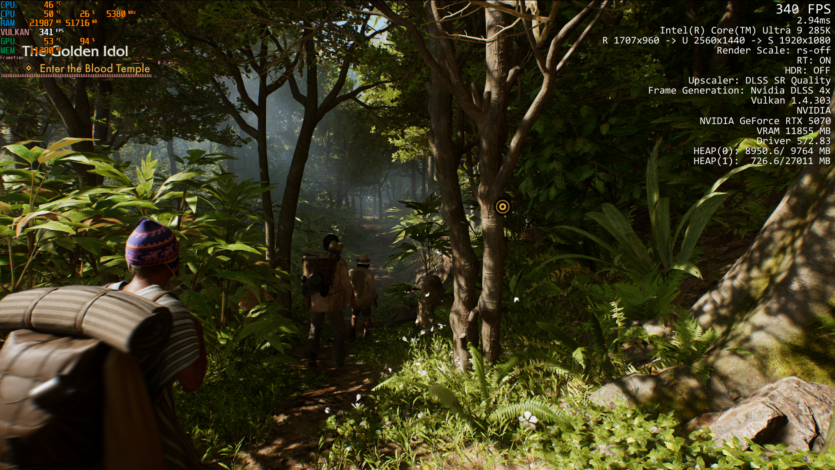
Regular readers of video card benchmarks already know that Indiana Jones is always up for a little video memory. So let’s try to see if 12 GB will be enough for such a demanding and challenging game. It seems that the main characterwith its crown jewel whip knocks future owners of the RTX 5070 graphics card off their saddle, immediately telling them to forget about 4K.
But by enabling all «neural enhancers» in QuadHD, the frame counter soars to the heavens showing 350 FPS. Of course, all this is thanks to the new Multi Frame Generator x4 Don’t even dream about Pathtracing in Quad HD with a frame generator, otherwise you’ll see 46 frames per second and wild input lag on your screens.
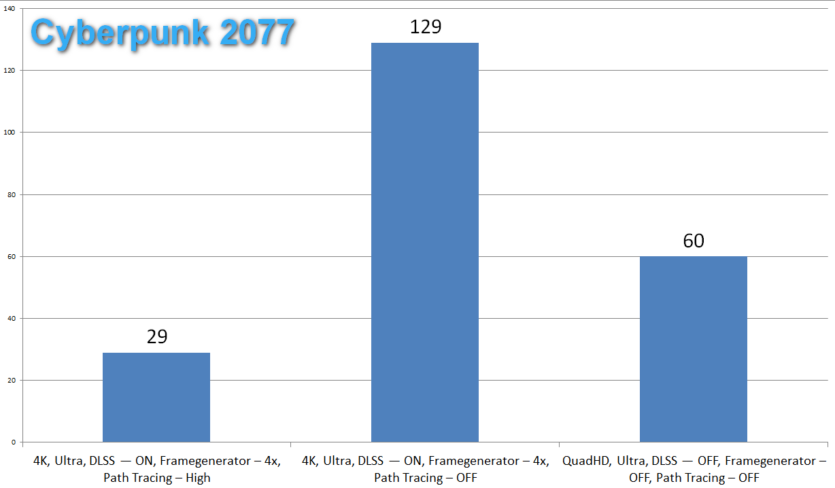
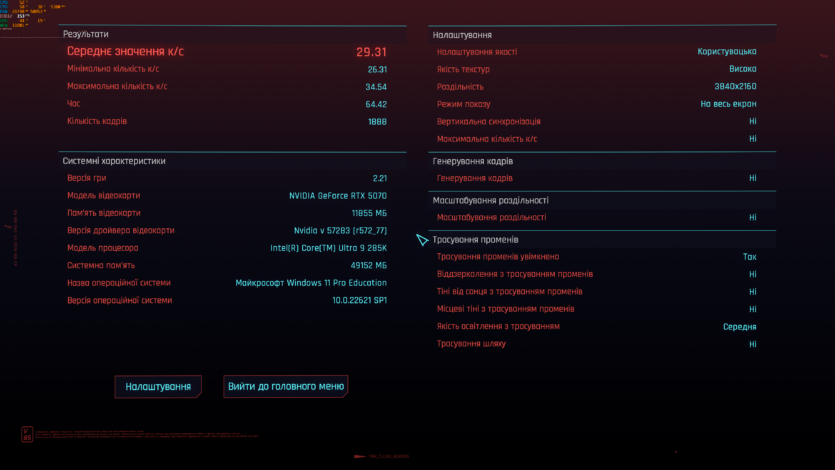
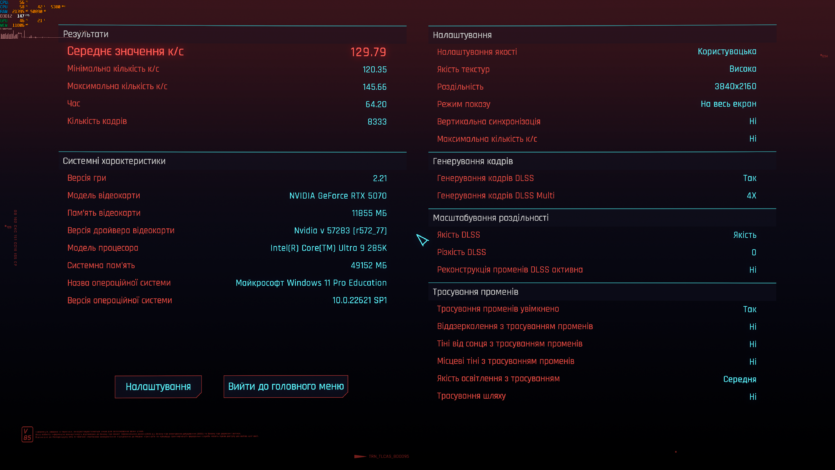
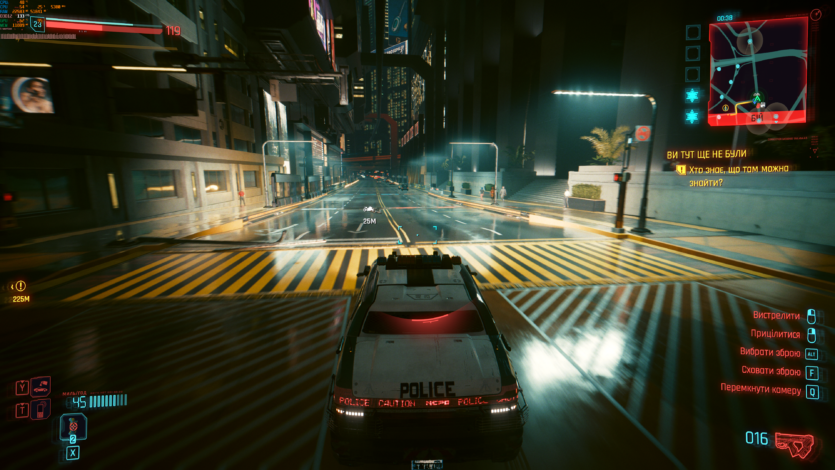
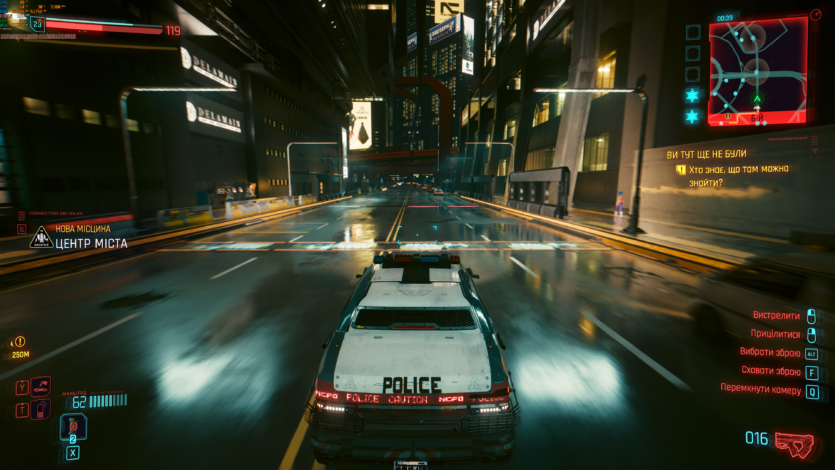



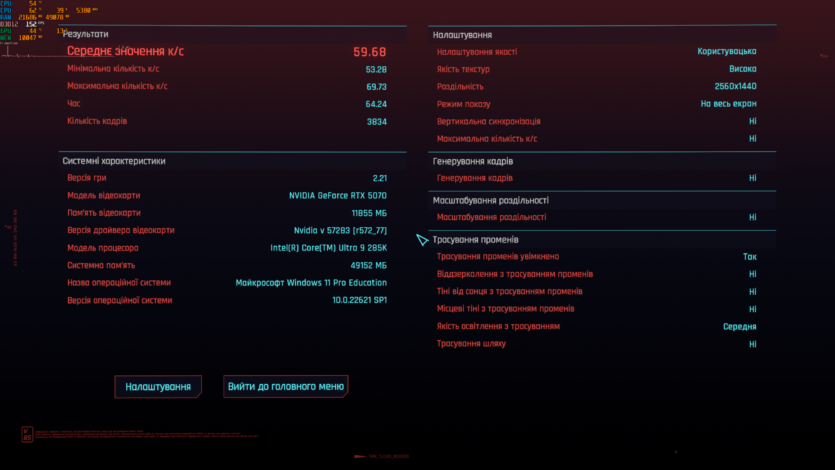

You won’t be able to enjoy the technological future in 4K in Cyberpunk 2077 without DLSS4, because the FPS counter in the standard test will show 29 fps.
Luckily, the game was the first to support «Transformer», so generating x4 will give us a solid boost — 120 frames per second. Moreover, there were no problems in the gameplay even in the busiest night quarters of Night City.

If we look back at Silent Hill 2 Remake, the RX 9070 had very high frame drops and was almost impossible to play. В MSI GeForce RTX 5070 12G GAMING TRIO OC had no such problems. With DLSS, you can even play in 4K, not to mention QuadHD
Also in the last review on AMD RX 9070 experienced problems in the game A Plague Tale: Requiem, especially with ray tracing. But on The RTX 5070 can play it without any problems even at 4K. In QuadHD, you can do without DLSS+FG at all. In this case, you will see the unfriendly Middle Ages at 92 fps.
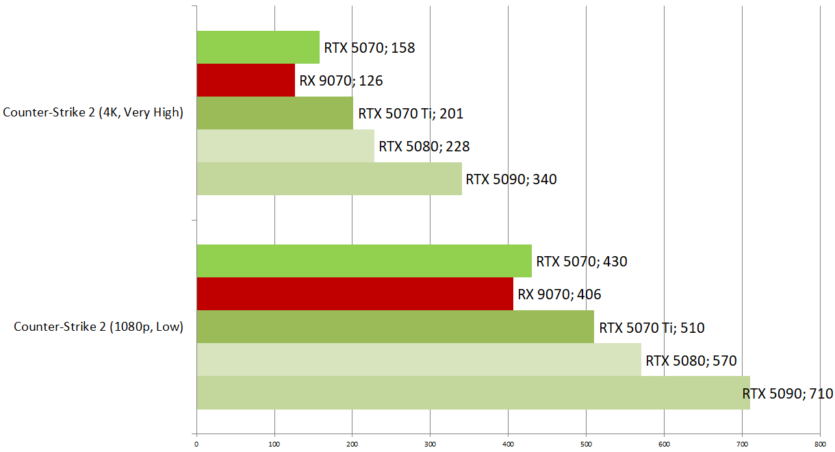
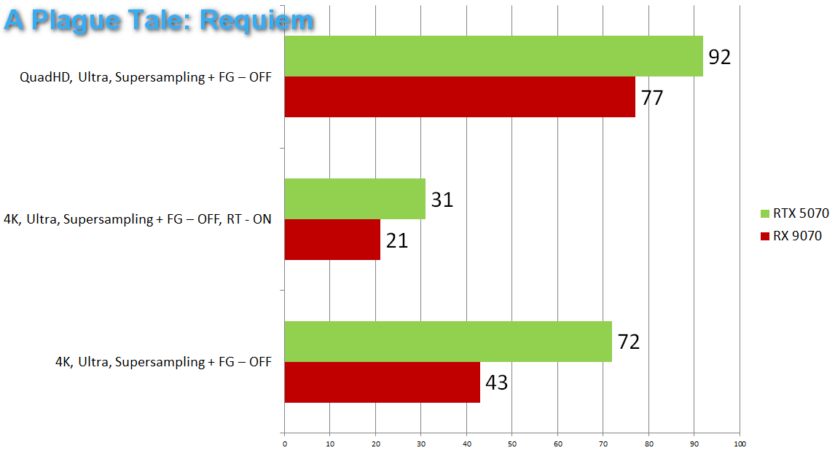

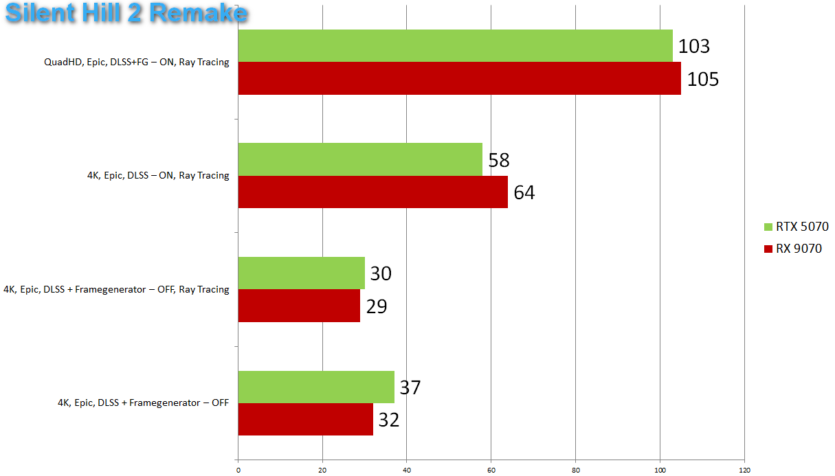

The Counter-Strike 2 eSports mode is also on the side of the MSI GeForce RTX 5070 12G GAMING TRIO OC, which outperforms the «red» competitor by 6% in FullHD and 25% in 4K
Power consumption, noise and heat MSI GeForce RTX 5070 12G GAMING TRIO OC
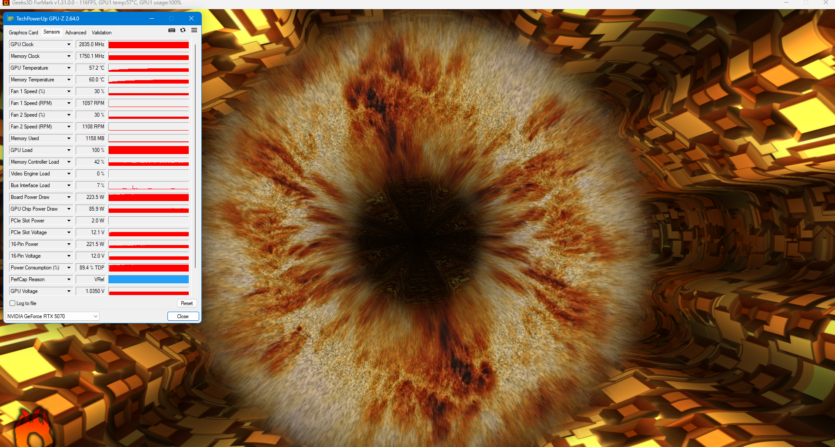

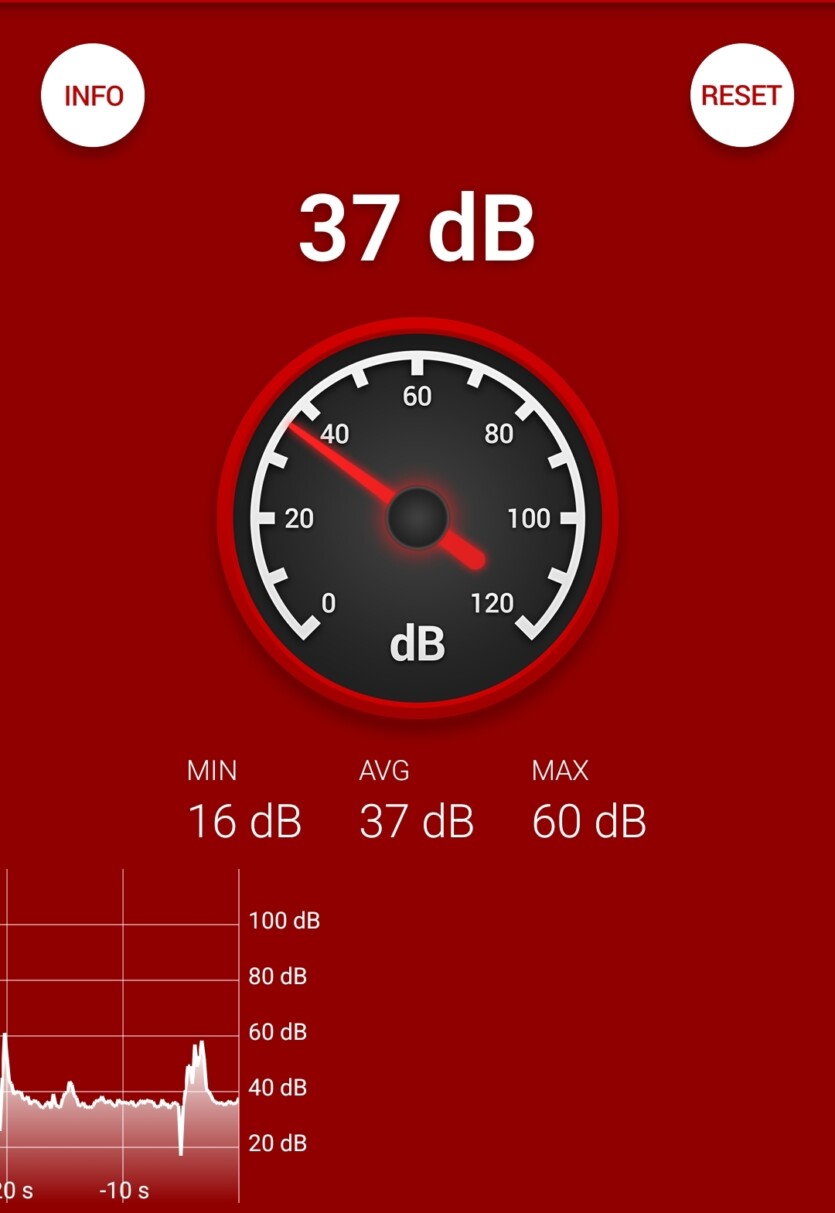
The RTX 5070’s power consumption reached 242W, which is comparable to the RX 9070 (which reached 249W in our benchmarks). Compared to the RTX 4070 Ti (252W), this is an improvement, but the 20% generation gain corresponds to a performance increase. Thus, the W/FPS efficiency is acceptable compared to competitors.
The Tri Frozr 4 cooling system keeps the GPU temperature at 60°C under load with a noise level of 37 dBA, making the card virtually silent. MSI has beaten the competition in this aspect by offering more stable thermodynamics. The backplane heats up no more than 42°C
Experience of use
In general, the video card proved to be a quiet and productive mid-range solution. It has the same software problems as all 5000-series members, which still refuse to work correctly with my favorite local neuron shells: Fooocus, Invoke, and Stable Diffusion. But there are no such problems with the 4000 series, so I personally do not want to switch to the Blackwell architecture yetThe lack of support for the 32-bit version of PhysX also contributes to this. Somehow I don’t want to put up with low FPS in some of my favorite games of the past. You can read (and watch) more about these problems in the previous review MSI GeForce RTX 5070 Ti 16G VANGUARD SOC LAUNCH EDITION.Now I have its competitor from AMD in my hands at the same time, and many people are very interested in the sacred question: which is better? I don’t have a definite answer. Although the AMD RX 9070 shows generally better «numbers on paper than», in reality, everything looks a little different in the gameplay. The gameplay on NVIDIA is still more stable and better. Let’s just mention Half-Life RTX, in which «red» graphics cards had serious problems. Therefore, the choice depends more on the operating scenarios and priority in gaming projects, as there is no clear leader.
Prices and competitors
MSI GeForce RTX 5070 12G GAMING TRIO OC can be purchased at a price of 35,999 UAH. There are a lot of competitors in this price segment, both from the new generation of NVIDIA and AMD, as well as previous RTX 40 models. 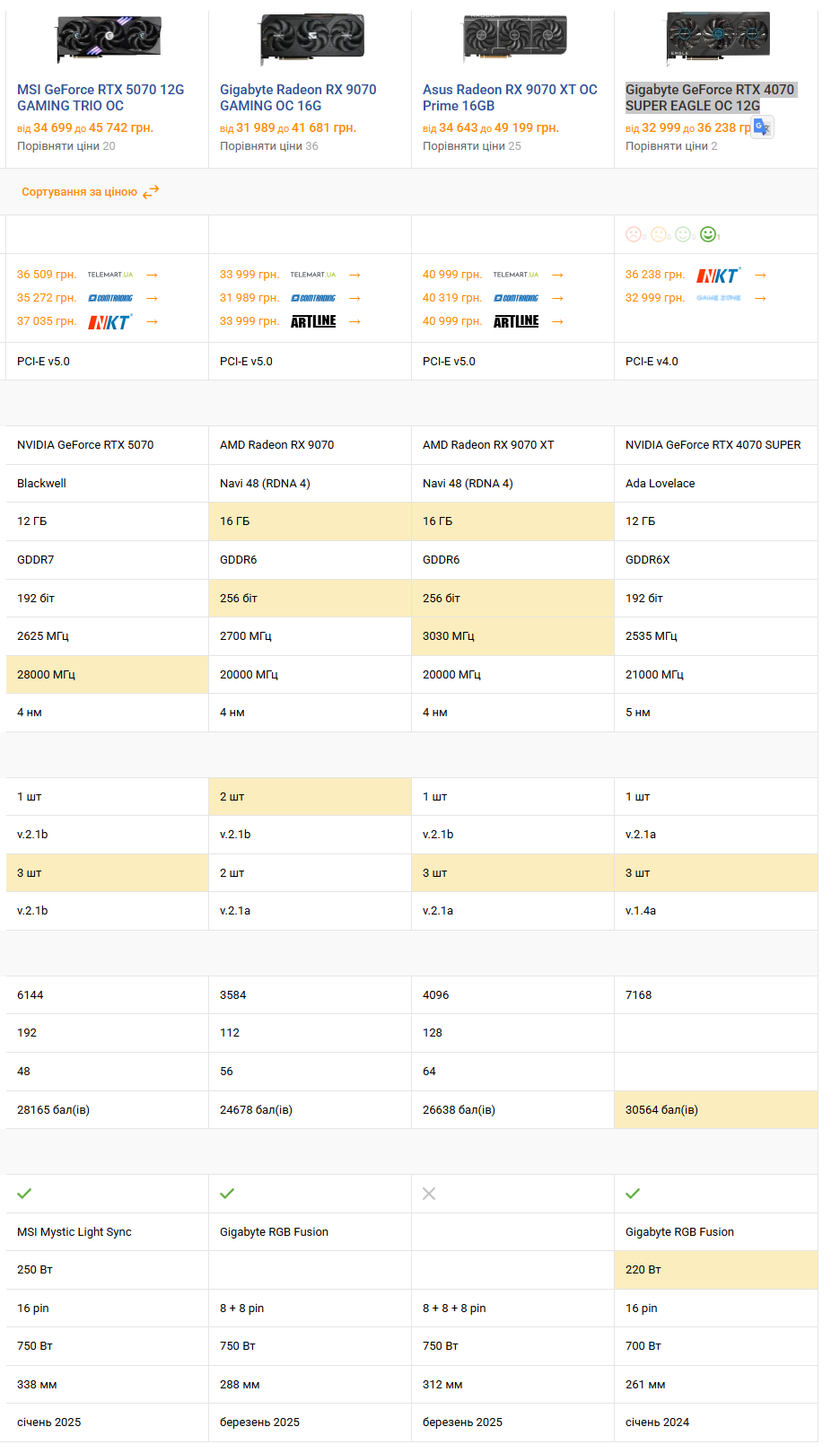 GIGABYTE Radeon RX 9070 GAMING OC costs 33,999 UAH, but offers 16 GB of VRAM (albeit DDR6). At the same time, it has better performance in rasterization, but worse implementation of neural technologiesAsus Radeon RX 9070 XT OC Prime 16GB can be purchased for UAH 40,999, which is 20% more expensive than the RX 9070), but it is a better alternative for 4K gaming, although its price is also overpriced.Among the competitors, it is also worth mentioning Gigabyte GeForce RTX 4070 SUPER EAGLE OC 12G for UAH 32,999. It offers 12 Gigabytes of DDR6 memory, albeit on a 192-bit bus. This is a compromise option with DLSS 3 support, which is inferior in terms of technology and performance, but may still be needed for some work tasks that are not yet supported by RTX 50. In addition, its cooling system allows you to engage in overclocking and squeeze +10-12% additional performance out of the video card.
GIGABYTE Radeon RX 9070 GAMING OC costs 33,999 UAH, but offers 16 GB of VRAM (albeit DDR6). At the same time, it has better performance in rasterization, but worse implementation of neural technologiesAsus Radeon RX 9070 XT OC Prime 16GB can be purchased for UAH 40,999, which is 20% more expensive than the RX 9070), but it is a better alternative for 4K gaming, although its price is also overpriced.Among the competitors, it is also worth mentioning Gigabyte GeForce RTX 4070 SUPER EAGLE OC 12G for UAH 32,999. It offers 12 Gigabytes of DDR6 memory, albeit on a 192-bit bus. This is a compromise option with DLSS 3 support, which is inferior in terms of technology and performance, but may still be needed for some work tasks that are not yet supported by RTX 50. In addition, its cooling system allows you to engage in overclocking and squeeze +10-12% additional performance out of the video card.

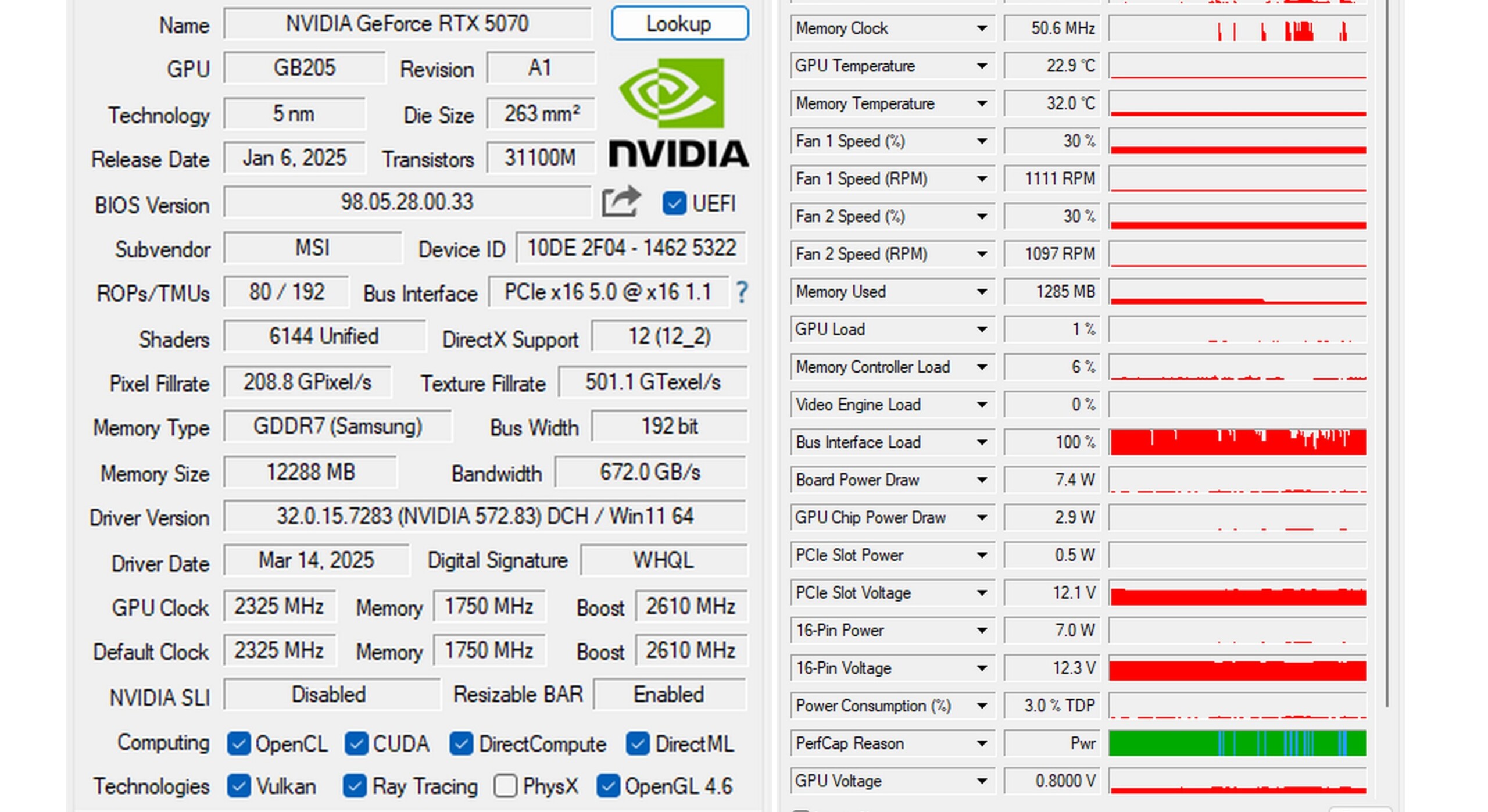
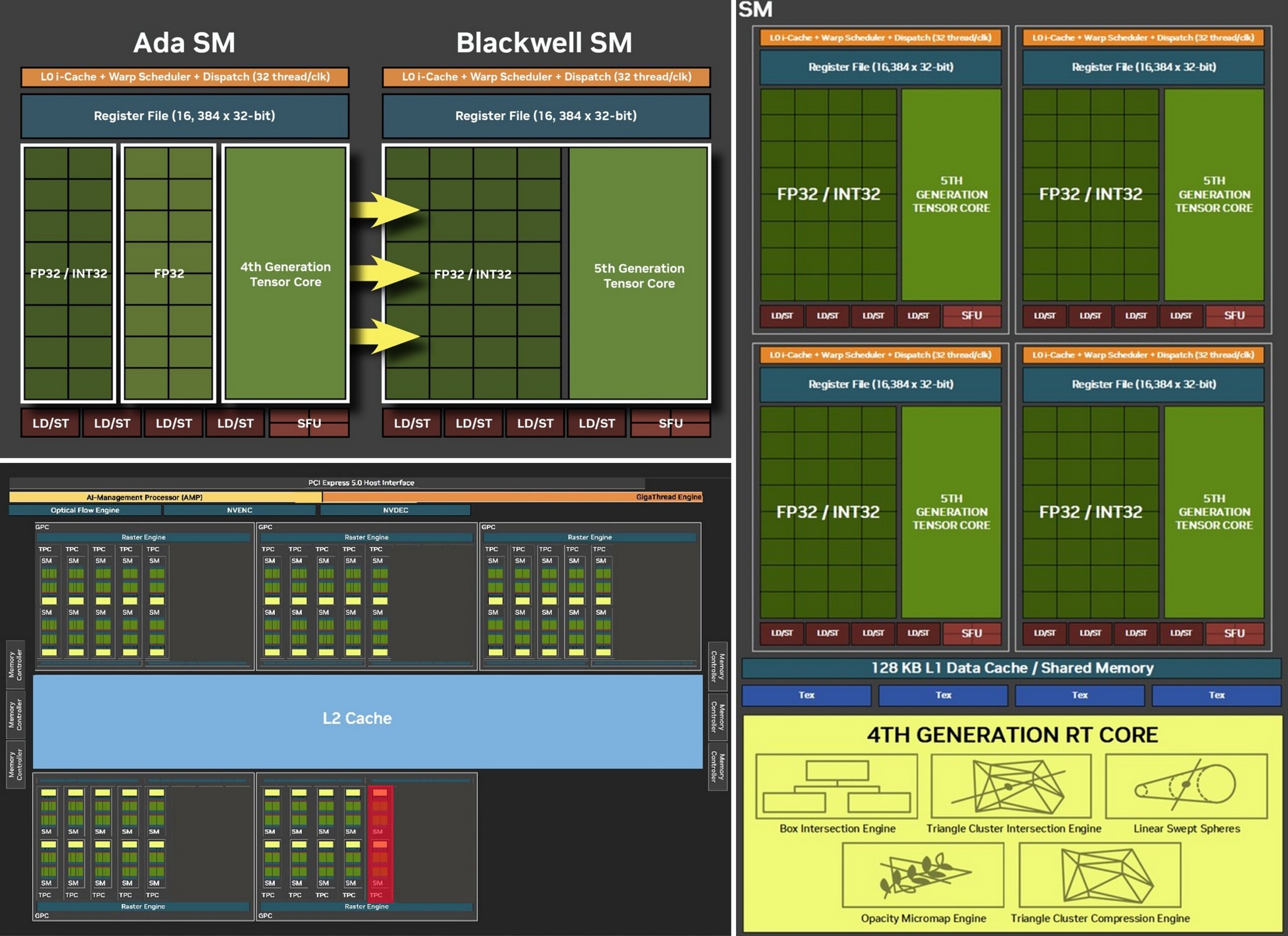
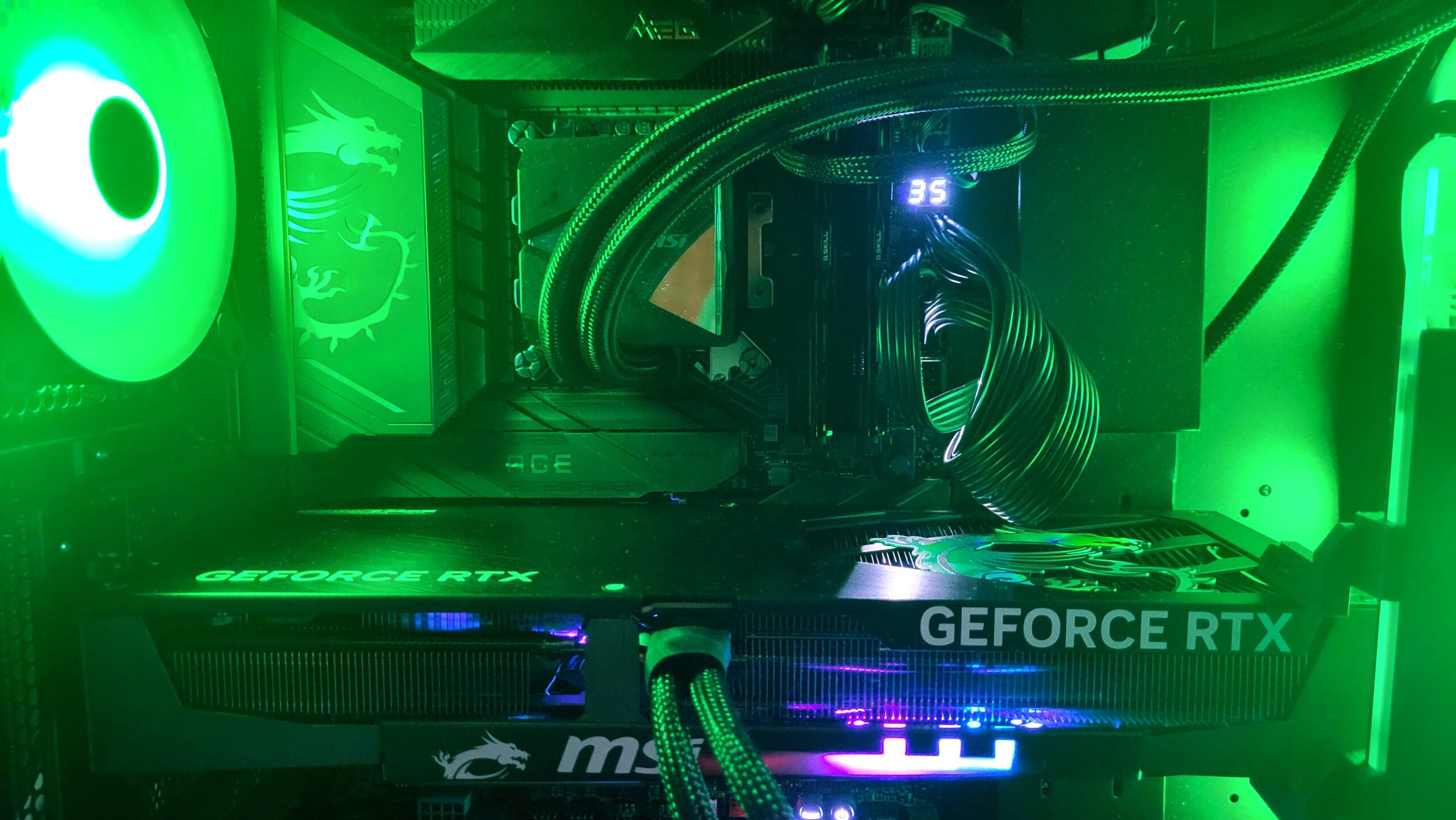
Spelling error report
The following text will be sent to our editors: